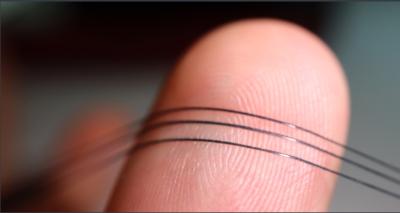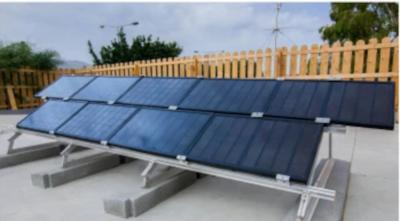Graphmatech and Wematter partner to develop graphene-enhanced materials for SLS 3D printing
Swedish graphene-solutions provider Graphmatech has partnered with 3D printer manufacturer Wematter to enhance polymer powders with graphene, to make them electrically- and thermally conductive, improve processibility, and more.
Together, the two startups will develop an electrically conductive powder, tailored for Gravity the SLS 3D printer by Wematter. The high-performance powder will enable Telecommunications, Aerospace and Automotive manufacturers to print parts with improved or maintained mechanical properties whilst achieving electrostatic dissipative (ESD), shielding, or even lower resistivity, performance.




